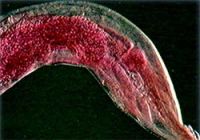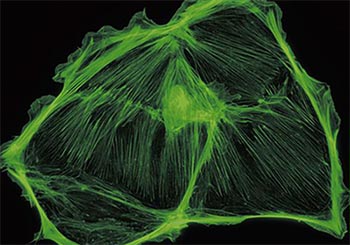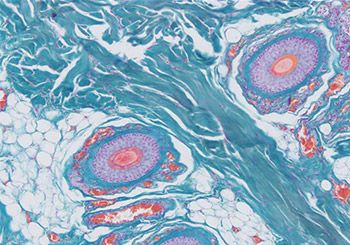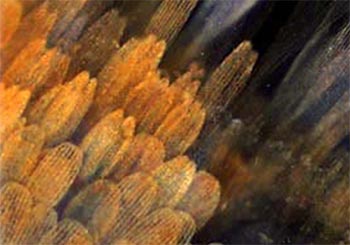Parasitology
.jpg?rev=DB09)
| DP28 | DP23 | DP23M | |
|---|---|---|---|
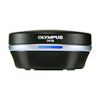 |  |  | |
Pixel size (μm) | 3.45 x 3.45 µm | 2.4 × 2.4 μm | 2.4 × 2.4 μm |
Number of pixels (MP) | 8.9 | 6.4 | |
Image Sensor | 1 in. color CMOS | 1/1.8 inch Color CMOS | 1/1.8 inch Backside illuminated monochrome CMOS |
Frame rate (fps)
at max resolution
|
Max.32 fps at 4104 × 2174 (Full Resolution)
|
Max.45 fps at 3088 × 2076 (Full Resolution)
|
Up to 45 fps at 3088 × 2076 pixels
Frame rate may decrease depending on the condition of your PC, resolution of your monitor, and/or software. |
Connector | USB 3.1 Gen1 *2 | USB 3.1 Gen1 *2 | USB 3.1 Gen1* |
Color |
|
|
|
|
|
| |
Remark |
Focus Peaking manual focus assist
|
Focus Peaking manual focus assist
|
|
Request a Quote | DP28 | DP23 | DP23M |
Specialty
|
4K
Live
|
Not Available in Your Country
Sorry, this page is not
available in your country.
Looking for Camera Specifications?Compare technical specifications with our Camera Finder |
